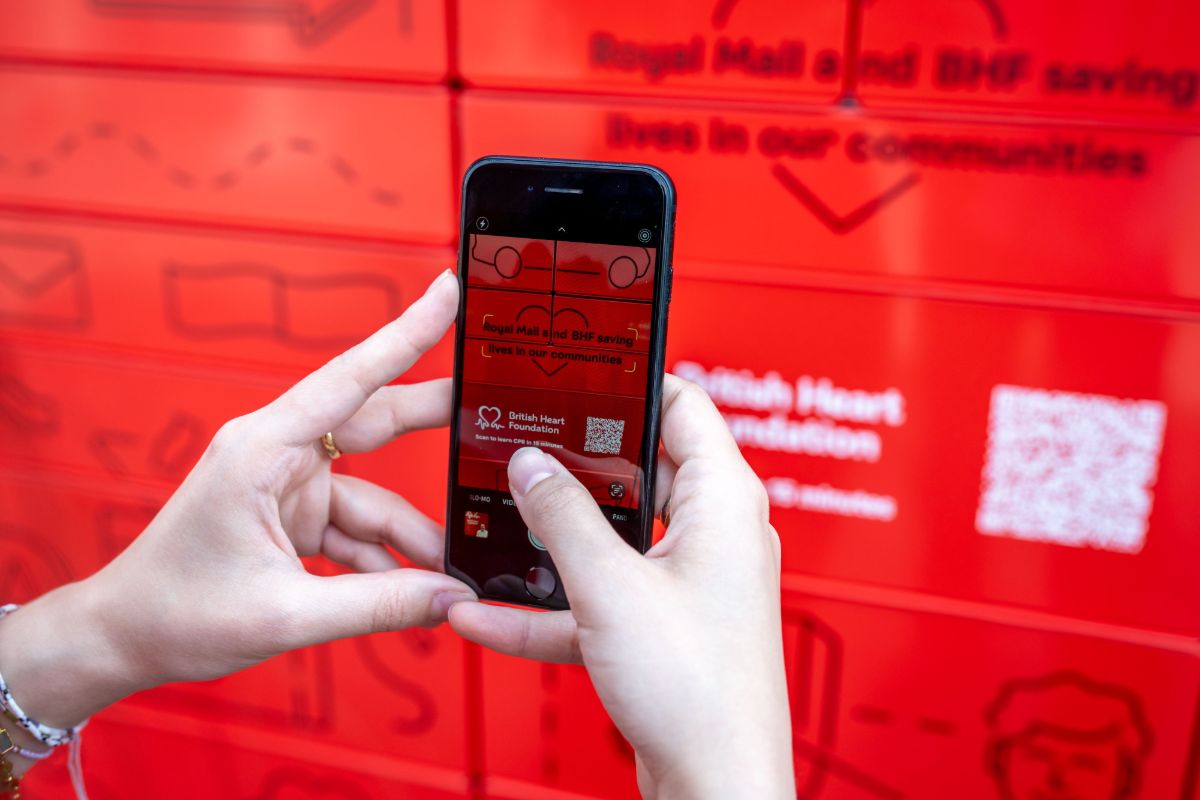Martin Shaw considers what our research tells us about how retailers in different territories are approaching cross-channel commerce
In our analysing the numbers feature, we put forward the idea that we may see a levelling up of practice within the Mobile & Cross-channel Performance Dimension as retailers learn from the best of the best. An intriguing question stems from this: how will this process play out across different territories?
A top-level analysis can provide a bird’s eye here. According to our research, the five countries where localised Top500 retailers had the best performance on average are Switzerland, the United Kingdom, Italy, Portugal, and Austria.
Local factors
That’s not to say that each country necessarily over-performs or underperforms in all metrics. Rather, similarly to the sector differences we looked at in analysing the numbers, it seems there are differences in performance across countries, differences that probably reflect regional variations. After all, when competitors focus attention on a facet of retailcraft, it follows that other companies operating in the same locale at least need to think about doing the same thing.
A clear majority (63%) of IREU Top500 retailers offer a click and collect service. Turn to the UK, though, and it’s a service offered by 67%, a small but significant variation. Belgium (61%) and Norway (60%) are the next best-performing regions here, the only other countries to break the 60% barrier.
However, to illustrate the variations here, consider returns. Across the European Economic Area, 44% of Top500 multichannel retailers offer a return-to-store service for ecommerce orders. But the UK, where 50% of the localised Top500 offer the service, doesn’t lead the way here. Instead, the Republic of Ireland (63%), Bulgaria (58%) and Greece (57%) are the strongest-performing countries.
How to explain this hierarchy? It was outside the scope of our research, but it may be that Ireland, Bulgaria and Greece are territories where it’s more important to have a bricks-and-mortar presence, so stores are a more ‘natural’ place for shoppers to look to return goods.
In contrast, certainly in the UK, and increasingly in other parts of northern Europe too, shoppers who visit the high street more and more rarely are relaxed about the idea of sending back items and retail brands, which are monolithic in the eyes of consumers, must embrace cross-channel customer service. In addition, many retailers in these territories are developing sophisticated backend systems to cope with the way consumers like to over-order items – for example, ordering multiple sizes and/or colours in a particular garment – and return those they don’t want, sometimes via a different channel to the one through which they ordered.
Regional variations in apps
Turning to apps, there are some fascinating variations. Despite UK-based retailers having a strong presence in the Mobile & Cross-channel Top50, it seems there’s a huge difference between the best-performing UK companies and the rest.
To illustrate just how much of a difference, consider the following statistics: across the IREU Top500, 66% of retailers offer an iOS app. The top countries where Top500 companies who trade locally also have an iOS app are Italy, France, and Portugal.
This reflects the sophistication of the largest retailers in these markets but also to some extent the lack of homegrown retailers from these locations that have made it into the Europe Top500. The large, international companies that have expanded to these locations and are in the Top500 are more likely to offer an app than the smaller companies who are not in the Top500. If only the best of the best from countries that are less well represented make the Top500, it probably follows that leading retailers in these countries will significantly outperform competitors. In this context, it would be a fascinating exercise to make a direct comparison between the Mobile & Cross-channel performance of the Top100 UK and Italian retailers, and something for a later report.
Another figure may be revealing here. Overall, 67% of IREU Top500 retailers offer transactional apps, the same figure for the localised Top500 operating in Germany and the UK, with only Switzerland bettering that figure at 71%. For context, in Romania and Belgium, the same figure stands at, respectively, 33% and 42%. Where UK and German retailers have got apps, it seems, they are more likely to have a basic ecommerce facility that enable customers to make purchases.





